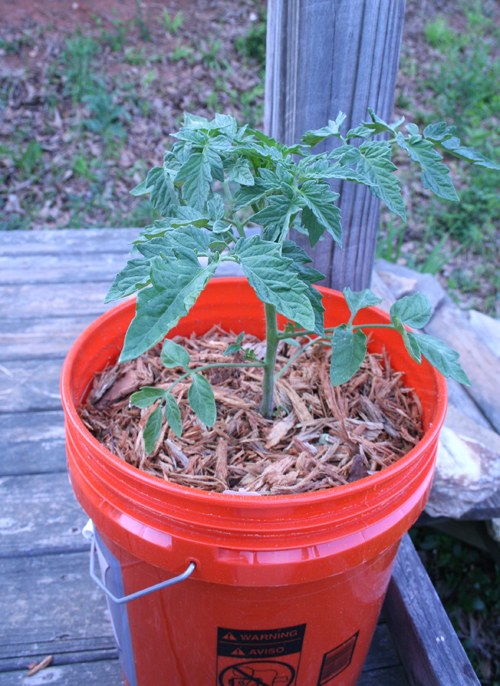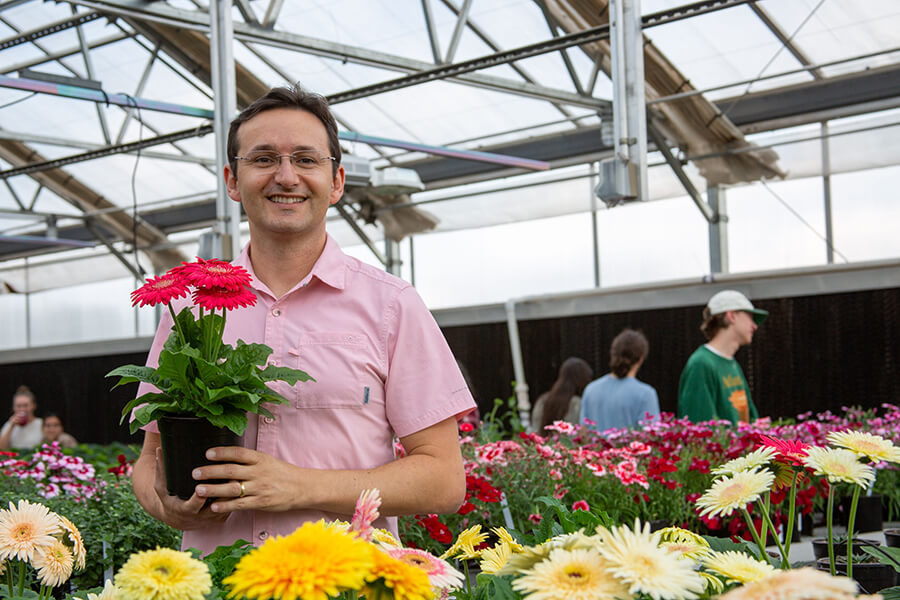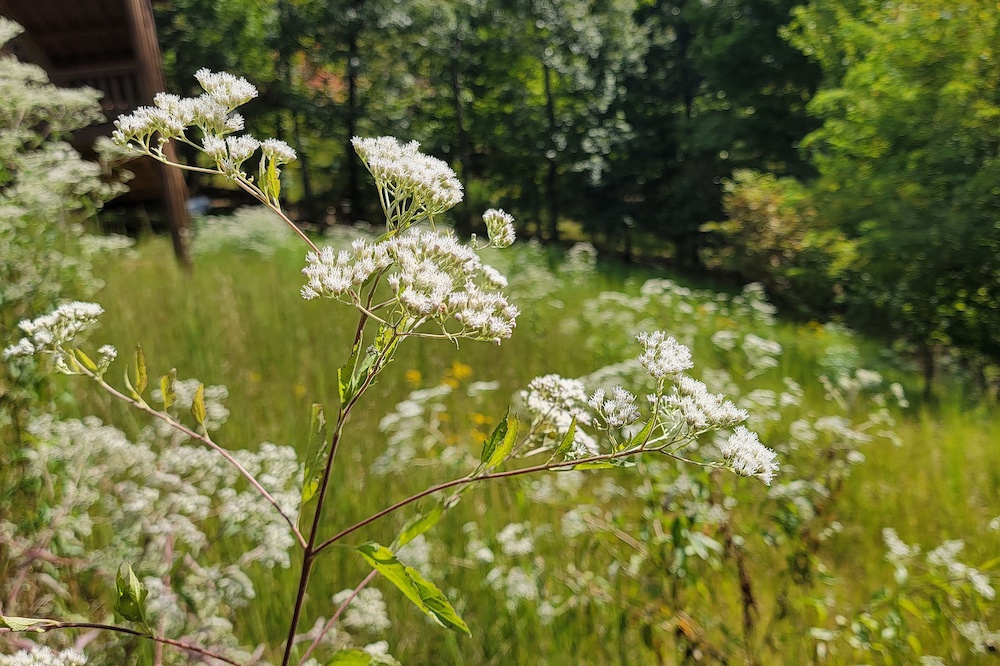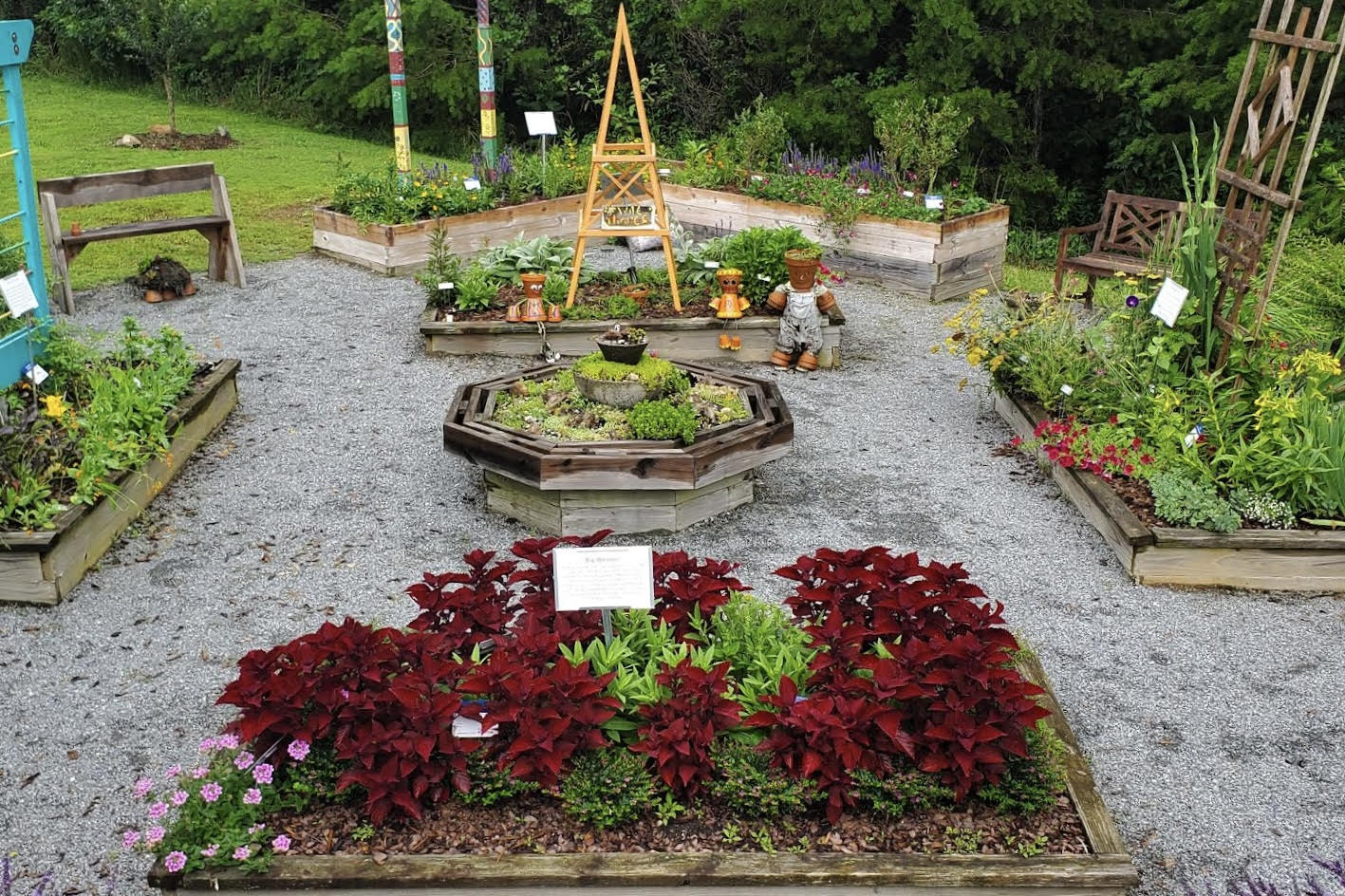Container gardening is great for beginning gardeners. But remember, all plants need good soil and nutrients, whether they grow in a container or in the ground.
Buying a commercial potting soil ensures the soil is clean and free of any plant disease-causing pathogens. Also, most potting soil sold at garden centers is designed to have good drainage and aeration.
Store-bought soil isn't just soil
Store-bought potting soils are sometimes called “soilless mixtures” because they don’t contain soil. They are a combination of peat moss, vermiculite, perlite and finely ground pine bark. Perlite and pine bark help with drainage and aeration. Peat moss and vermiculite help retain water and nutrients. Combined properly, this mixture results is an environment that is moist and well-drained – ideal conditions for plant root growth.
Many popular potting soils contain fertilizers, but these nutrients only last a short time. Do not fertilize container plants the first two to three weeks after planting if the potting soil label indicates it was amended with fertilizer. Nutrient levels usually drop after a few weeks because plants use them quickly and nutrients leach from the soil each time plants are watered. Container grown plants dry out faster than plants grown in gardens and require more frequent watering.
The big three
Most commercial fertilizers contain the “big three” nutrients - nitrogen, phosphorus and potassium. These are required for plant growth in larger amounts than other nutrients.
Most backyard gardens just need these three nutrients, since native soils usually have sufficient amounts of other minor nutrients. Potting mixtures don’t contain real soil so they often lack minor nutrients like calcium, magnesium, sulfur and iron.
This can cause container-grown plants to turn yellow from lack of iron, magnesium or sulfur. Many container plants also get blossom end rot on the bottom of the fruit. This is a classic symptom of a calcium deficiency. Plants may appear stunted because their growth will be limited by the lack of nutrients.
The solution is simple—fertilize container-grown vegetables. Select a premium grade fertilizer that contains both major and minor nutrients. You can also add dolomitic lime to the potting mixture at planting as it contains both calcium and magnesium. Some gardeners use Epsom salt to add magnesium to their soil. Don’t use both. Apply one-half tablespoon of lime per gallon of mixture.
Follow fertilizer directions
If you use dry fertilizer, apply it every three to four weeks. One-half teaspoon of fertilizer per gallon of soil mixture spread evenly on the soil surface is usually adequate for each application. If you use liquid-soluble fertilizer solution, follow the labeled application rates. Do not apply too much or too frequently as this can lead to excess nitrogen. Too much nitrogen can cause vigorous leaf and shoot growth, but few blooms or fruit.
For more information, see the UGA Extension factsheet “Gardening in Containers” at http://t.uga.edu/hY.







